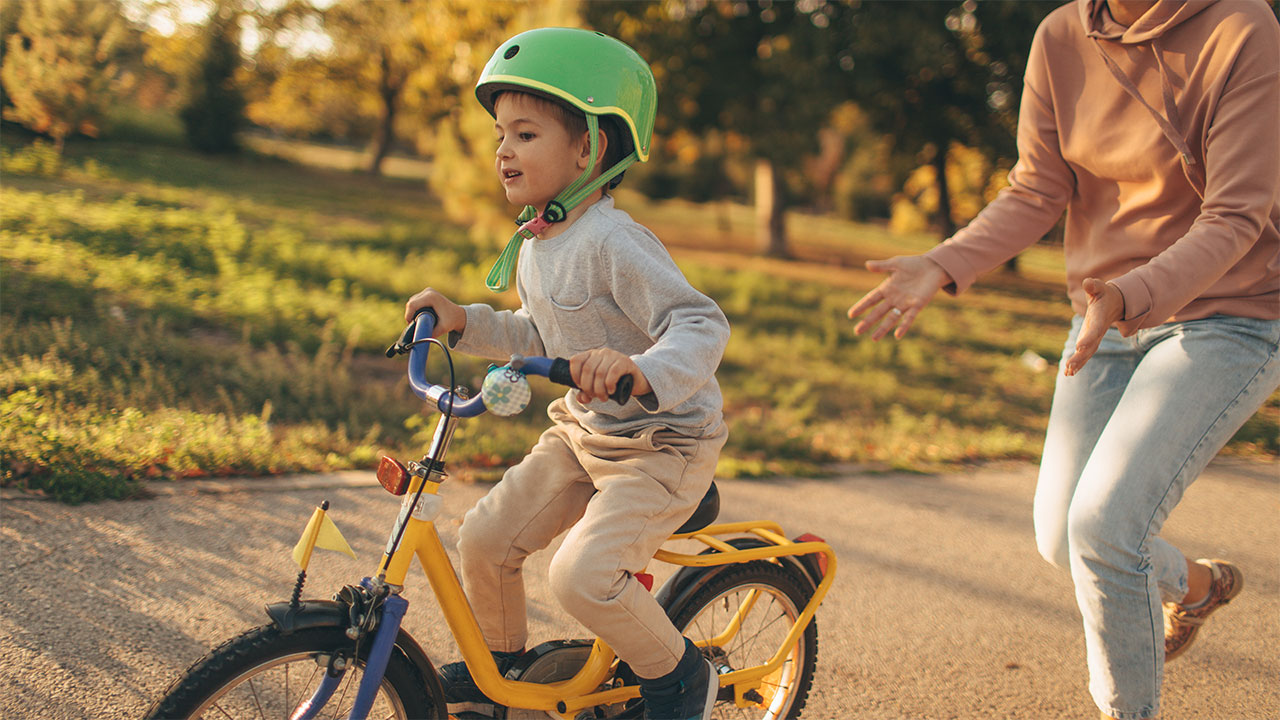The first step toward securing children’s safety is to view the world through their curious eyes. The most fundamental safety tenets are easily overlooked, since we have been reinforcing them throughout our adult lives, and they come automatically to us. Not so for children, who are experiencing new situations every day. Preparedness stems from understanding, and young children haven’t yet acquired the knowledge to cover all the bases safety-wise. Strategic inputs from parents and adults are the only sure path toward minimizing preventable accidents, especially among children and teenagers.
Age Defines Security Requirements
When parents hide the car keys, it’s not because their toddler is hankering for a joy-ride. Age appropriate precautions dictate how we protect children across the age spectrum, including teenagers who’d love to get their hands on the car keys. Child-proofing starts early, in the home, where electrical outlets and cabinets housing chemicals, and other hazards, are secured from harm. Small plastic plugs, available commercially, take the place of plugged-in items, filling the plug holes to reduce temptation for little ones, who love to poke around in curious places. Cabinet security is parent-friendly, in that it is simply deactivated, but effective nonetheless, for children who are not wise enough to disable the devices.
Homes with unique features, like spas and swimming pools require additional attention to child security details. Fences and other obstacles are constructed to limit children’s’ access to pools and hot tubs. Another prudent strategy for parents is to indoctrinate their children into water sports, through swimming lessons and water-centric activities, so they are comfortable around water and equipped to react to situations near the pool. Tools that pose dangers to adults, like saws, hammers, and sharp instruments, are even more dangerous to children unfamiliar with their use. Workshop gate/doors need locks, and children should be educated as to the dangers of certain implements.
As children age, and their cognitive understanding advances, security and safety concerns shift to a new paradigm. Some of the fundamental tenets – don’t stick your hand in the toaster, don’t cut your meat with a saw, for example, are common knowledge by a certain age, so parents can focus on more advanced concepts. Mobility is a game changer for kids, whose world expands ten-fold, once bicycle riding is mastered. Helmets should be mandatory equipment for kids and teens on bikes, and those who delve into mountain-biking or competitive cycling are well-served by additional safety reinforcements, like pads and fortified garments.
Safety Outside the Box
Accidents happen everywhere, so diligence must be maintained away from home. The variables within your control in your own house are not necessarily guided by the same standards when others are at the helm. Education instills sensibility in children, who learn what hazards looks like, before encountering them in dangerous situations. By giving kids the ability to evaluate potential danger, parents prepare them for a multitude of situations, and provide their best chance of accident control.
Spreading standards is also a great way to get kids on-board with safety. Involving them in the dissemination of safety information gives them a personal stake in the effort, and creates pride among high-achievers. The value absorbed by a student teacher, when safety principles are shared, is multiplied when newly enlightened kids go on to tell their friends and neighbors how to be safe. The cumulative effect of collective safety proliferation cannot be understated, because peers have a way of connecting with one another, which sometimes escapes interactions between children and authority figures. While child safety starts young, at-home, it is carried with children as they interact with others, and must be reinforced as safety needs change with age.

